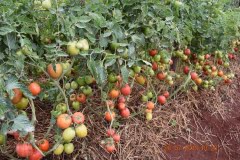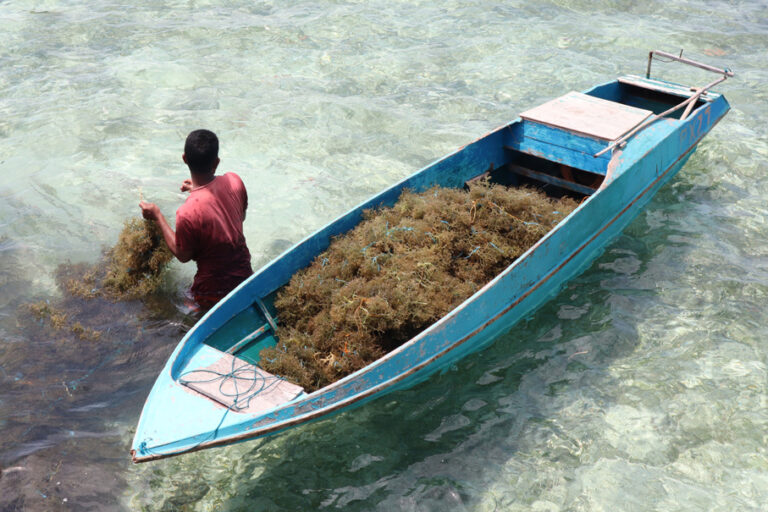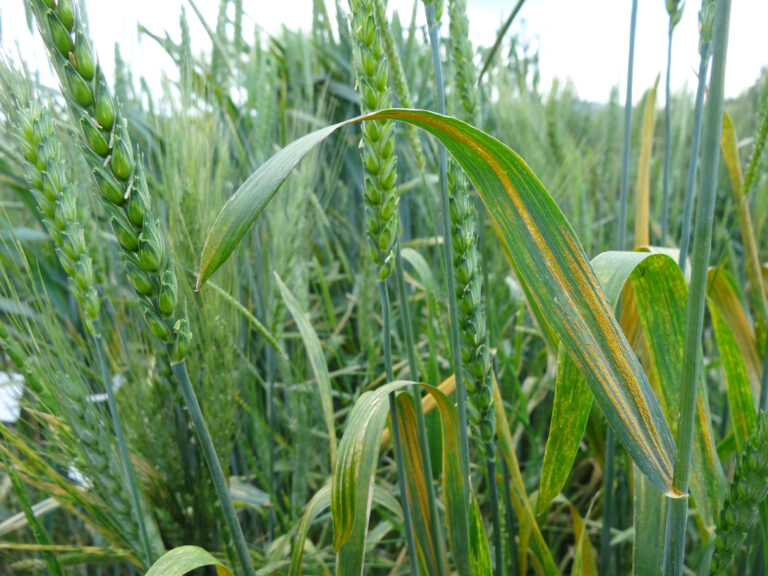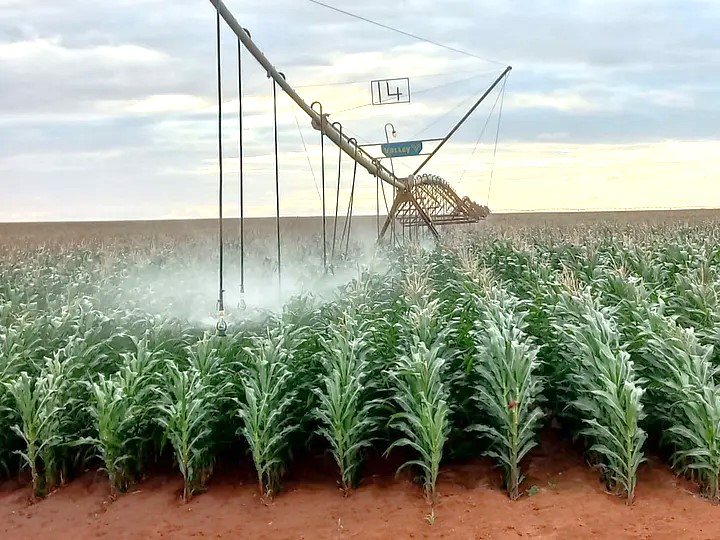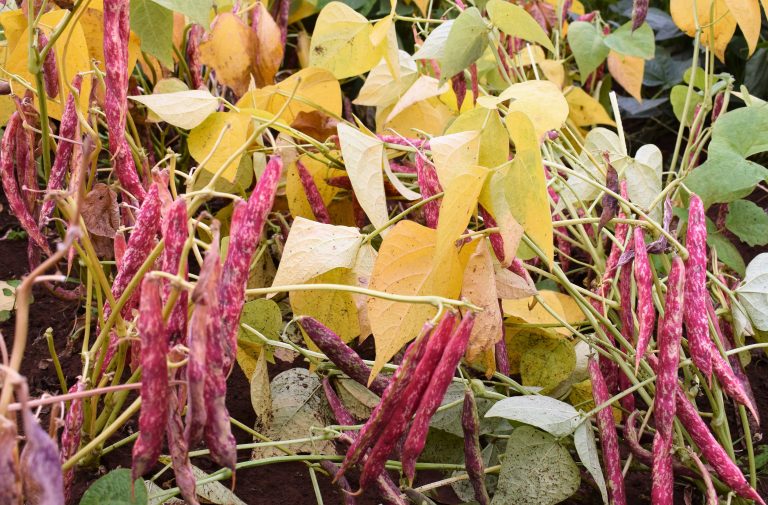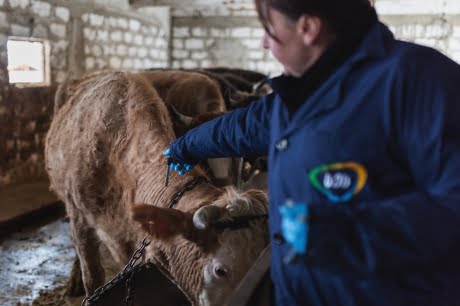Whether nestled atop pizza, standing out in salads or crushed into sauces, tomatoes are a key ingredient in cooking around the world. However, it may surprise you to know that it hasn’t always been that way!
The tomato originated in South America, and though eaten by the Aztecs in Mesoamerica as early as 700 A.D., it was only in the early 1800s that it became a popular cooking ingredient in the Mediterranean.
There are various theories as to how it arrived in Europe. One is that it was brought to the continent after the Spanish conquest. Then from Spain, it went to Italy thanks to close relations between the reigning families at the time. Others believe that the tomato went from Peru or Mexico over to France.
Whatever the journey, Europeans initially just considered the tomato a decorative item or botanical curiosity. In fact, people thought it was poisonous because, like other plants in the nightshade family, it contains solanine, a neurotoxin.
Fast forward several hundred years and tomatoes are commercially produced and eaten around the world with many benefits.
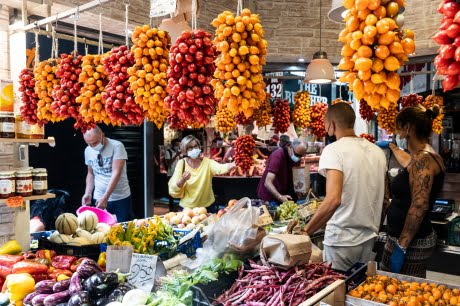

So, what do tomatoes do for our modern world?
1) Provide health benefits
Tomatoes are little dietary superheroes and eating them as part of a balanced diet brings plenty of health benefits. Just one small raw tomato is packed with nutrients and antioxidants. It can boost heart health due to the high levels of fibre and potassium, which help prevent cardiovascular diseases. It contains several vitamins including vitamin C, which boosts our immune systems and vitamin K, which is essential for strong bones.
2) Offer varieties to grow and eat throughout the year
Did you think tomatoes are just red? You would be wrong! Even the Italian word for tomato, “pomodoro” (golden apple), seems to suggest that the first tomatoes introduced to Italy may have been yellow!
Tomatoes are an incredibly diverse fruit with around 10 000 different varieties. The Horta agricultural system in Valencia, Spain is evidence of this. FAO designated this site a Globally Important Agricultural Heritage System (GIAHS) for its innovative and historical irrigation system. The site incorporates about 6 000 smallholder farms where at least 12 varieties of tomatoes are grown. These varieties include platanitos, long yellow tomatoes, perlas, small cherry type tomatoes, masclefs, green and red and heart-shaped, and valencianos, large, ridged tomatoes that are often used in salads.
3) Supports livelihoods
Tomatoes are a key source of income for many around the world. This is the case for the farmers at another GIAHS site in Djebba El Olia, Tunisia. Thanks to the impressive agroforesty system at this site, whereby tomatoes are intercropped with fig trees that provide the tomato plants with shelter and much-needed shade, farmers are able to produce these tomatoes despite the extreme heat.
These durable Djebba tomatoes are harvested in July, traditionally by women, and play a very important role in the local economy. They are the second-most locally consumed fruit after figs and are sold at local and national markets generating substantial income for the community.
Tomatoes also represent an important livelihood for the Wixáritari Indigenous Peoples from Mezquitic, a small village in Mexico’s Jalisco state. In this mountainous area, arable land and resources to make land productive are scarce and much of the municipality’s population lives in extreme poverty.
In 2016, however, FAO provided the local community with a 200-square-metre greenhouse, a drip irrigation system and a 5 000-cubic-meter water tank. This allowed the local community to make a living in their own village instead of having to travel for miles to work as day labourers on other farms.
Now, the community has eight greenhouses filled with rows of not just tomatoes but also serrano and jalapeño peppers, cucumbers, cabbages, zucchinis and green beans. There is enough food for their own consumption and to sell, providing a vital source of income.

4) Contribute to food security
Some particular types of tomato can survive even in very hot temperatures. This makes them critical to food security, offering an income and a nutritious food for farmers when many other crops fail. Building on this, FAO and the International Atomic Energy Agency (IAEA), in partnership with the National Food and Agricultural Research and Extension Institute, have developed new, even more heat-resistant tomato varieties using nuclear technology.
In Mauritius, the tomato is cultivated over an area of 750 hectares with an average annual production of 11 000 tonnes. However, when temperatures rise above 30 degrees – as they often do – it can cause heat stress in tomato crops, reducing the yield by up to 80 percent. This has a massive impact on farmers’ livelihoods and a community’s food security.
FAO and the IAEA have been helping Mauritius with developing new varieties of heat-tolerant tomatoes. In September 2019, three new high-yielding varieties were released and distributed to more than 100 farmers, and demand for them continues to grow. This is just one way in which nuclear technology has been used worldwide to develop new varieties of crops that are more resilient to climate change and meet the needs of growing populations.


